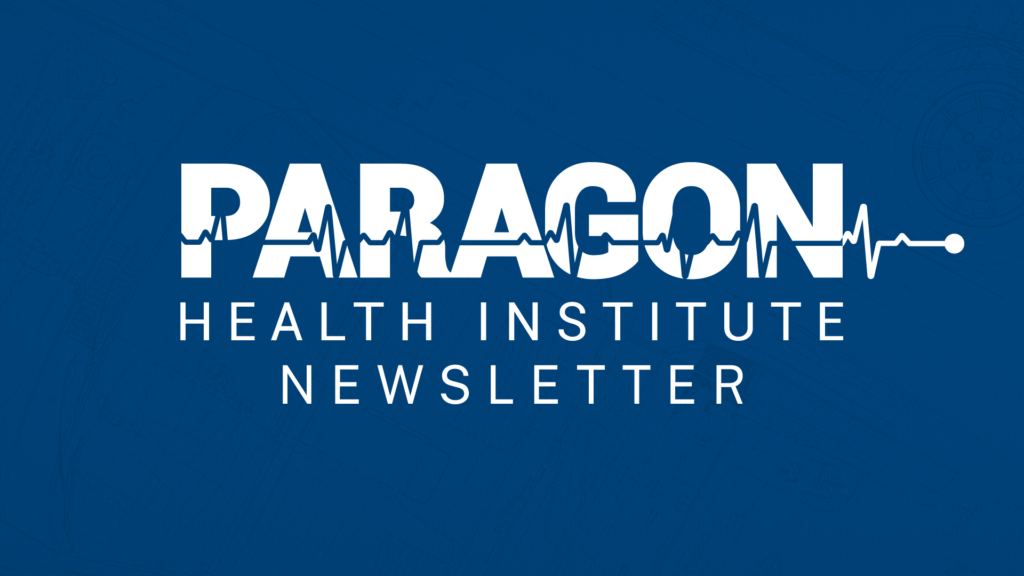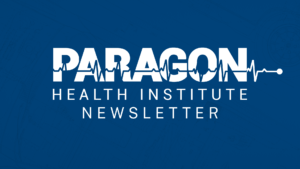In a new Health Affairs post, I discuss ten key takeaways from two new reports—a Congressional Budget Office analysis of federal health insurance subsidies and a Paragon actuarial report on the inefficiency of the ACA exchanges. In a previous newsletter, I discussed the Paragon report. Below, I highlight some key points from the CBO report and then make recommendations.
Very few Americans are uninsured and lack a subsidized coverage opportunity.
CBO projects that only 7.2% of people in the United States are uninsured. Of the 24.3 million uninsured, nearly half of them are eligible for employer-sponsored insurance or a subsidized ACA exchange plan and not enrolled, and more than 20% of them are not legal residents. Only 3.9 million people—or 1.2% of the population—are lawful residents who are uninsured and are not eligible for subsidized coverage or an employer plan.
As America ages, federal health spending is projected to ratchet up while the need to change course grows.
As baby boomers continue to reach 65, the number of workers to support each entitlement program enrollee declines. The percentage of the American population over the age of 65 will increase from 18% today to 21% in a decade, equal to about 14 million additional seniors, putting much more pressure on the federal budget as more Americans collect Social Security and Medicare. According to CBO, federal government health care spending will grow by more than 80% over the next decade, rising from 7.0% of GDP to 8.3% of GDP in 2033.
As previous Paragon research has shown, porous U.S. fiscal policy is driven by federal health spending and rising interest payments on the debt. According to economist and budget expert Paul Winfree, policymakers must trim federal health spending by nearly $2 trillion relative to baseline over the next decade for government health programs to be put on a sustainable trajectory. A February study that I coauthored with Joe Albanese contained a dozen reforms to Medicaid and Medicare that would achieve the level of necessary savings.
Taxpayers are better off if people have employer coverage versus alternatives.
I wrote the following in Health Affairs:
“According to CBO, the average federal subsidy per Medicaid and CHIP enrollee and ACA exchange enrollee is about $6,000—nearly three times higher than the average subsidy cost per ESI enrollee ($2,170). The report is a reminder that moving able-bodied, working-age adults from Medicaid and the ACA exchanges to employer coverage helps the federal budget.”
Path Forward
In response to rising premiums and deductibles and the fiscal burden of growing federal health subsidies, I provided the following recommendations:
The recent CBO report contains crucial and sobering information for policymakers. Federal health spending is projected to consume a greater share of the American economy. Moreover, policymakers need to recognize that nearly 99 percent of Americans either have coverage or access to subsidized coverage. The key focus for policymakers must now be lowering costs and reforming government programs and policies that push up prices and spending.
To lower the cost growth in federal programs, policymakers should focus on realigning incentives with a focus on maximizing value and reducing distortions. Congress could start where there is bipartisan agreement. For Medicare, reduce hospital payments for services that can be effectively and safely provided in physician’s offices to the physician office amount. For Medicaid, reduce states’ ability to use financing gimmicks to inappropriately raise federal costs and target funds to politically connected providers. Paragon has highlighted a variety of other Medicare and Medicaid reform proposals, which have been developed by CBO and both Republican and Democratic administrations.
On the ACA, Congress should recognize that it has not lived up to its promise. The law’s coverage gains were almost entirely through Medicaid, leaving a broken and highly subsidized individual market in place. Policy must move away from throwing good money after bad and propping up failed structures. Thus, extending the enhanced subsidies after they expire in 2025 should be a non-starter. Congress should instead look to reform the subsidy structure, such as by directly subsidizing low-income people for their health care needs rather than subsidizing health insurance companies, funding the ACA’s cost-sharing reduction program, and prohibiting silver-loading. Congress should permit and expand alternative coverage arrangements and build on the Trump administration’s individual coverage health reimbursement arrangements that permit employers to use tax-preferred dollars to reimburse individual market coverage. Finally, Congress should build on the price transparency rules so that American consumers and employers can be more effective shoppers of coverage and care.
In closing, as 2023 winds down and Thanksgiving approaches, it’s appropriate to reflect on the freedom and opportunity we enjoy as Americans. From the entire Paragon team, I wish you a Happy Thanksgiving with your family and friends.
All the best,
Brian Blase
President
Paragon Health Institute



